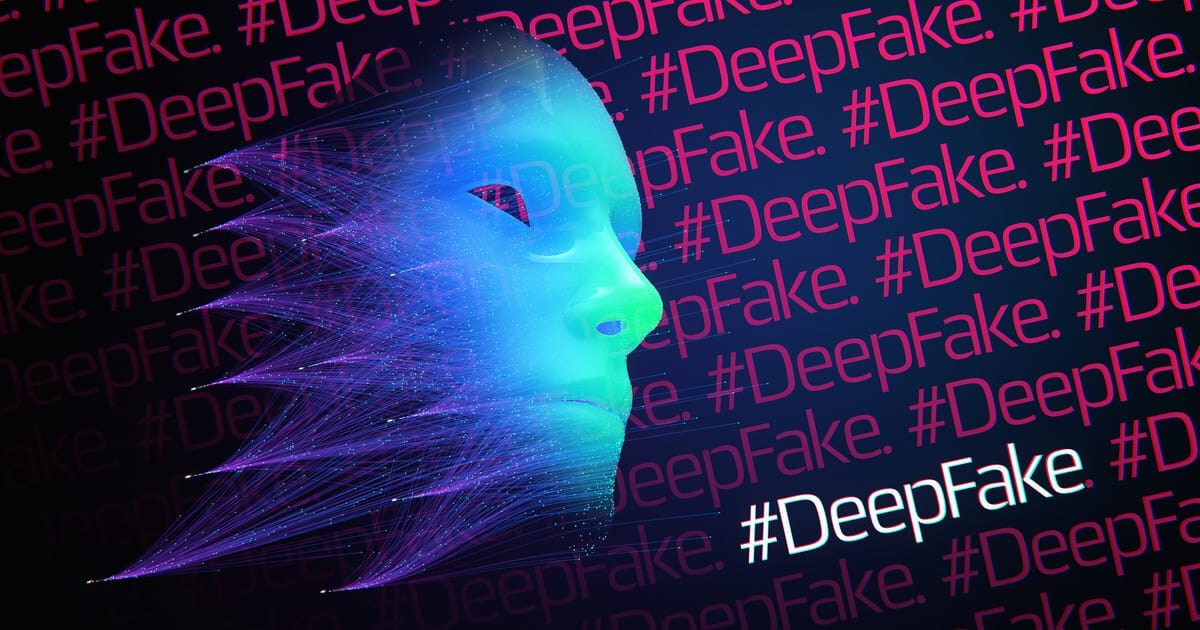A financial officer in Hong Kong was tricked into transferring $25.6 million using deepfake technology, underscoring the growing cybersecurity threat posed by such scams.
A global corporation headquartered in Hong Kong has fallen victim to a clever cyber heist that looks like it was taken straight from the script of a high-tech thriller. Fraudsters managed to steal $25.6 million from them. As part of the scam, deepfake technology was used to impersonate the firm’s chief financial officer, who was based in the UK, as well as other employees who were easily identifiable during a video conference. The finance officer, who was initially skeptical of the request to transfer money to five local bank accounts through fifteen different transactions, was eventually convinced by the realistic appearance of the executives made using deepfake technology. In light of the fact that deepfakes are becoming more convincing and more accessible to malicious actors, this event serves as a stark warning about the evolving threats associated with artificial intelligence technology.
About a week later, the employee tried to verify the transactions that took place at the organization, only to find out that he had been tricked into believing something that was not true. By highlighting the critical need for businesses to improve their cybersecurity defenses and for consumers to be vigilant against such sophisticated fraud, this example underscores the importance of both priorities. Hong Kong police have made six arrests in connection with the scam, highlighting the meticulous preparation carried out by the fraudsters. They have used stolen IDs to register bank accounts and apply for loans, and have even managed to fool facial recognition software in many cases.
Worryingly, deepfake technology is being used for nefarious purposes that range from creating sexual images of celebrities without their consent to committing sophisticated financial crimes. This scam is part of a trend that is becoming more common. In addition to this, it raises important questions about the safety of video conferencing technologies and the importance of verifying people’s identities when it comes to digital interactions.
The growing capabilities of artificial intelligence and deep falsification technologies are creating major challenges for cybersecurity. To combat these evolving dangers, there is a need for both technical solutions and improved awareness among people and organizations.
Image source: Shutterstock

